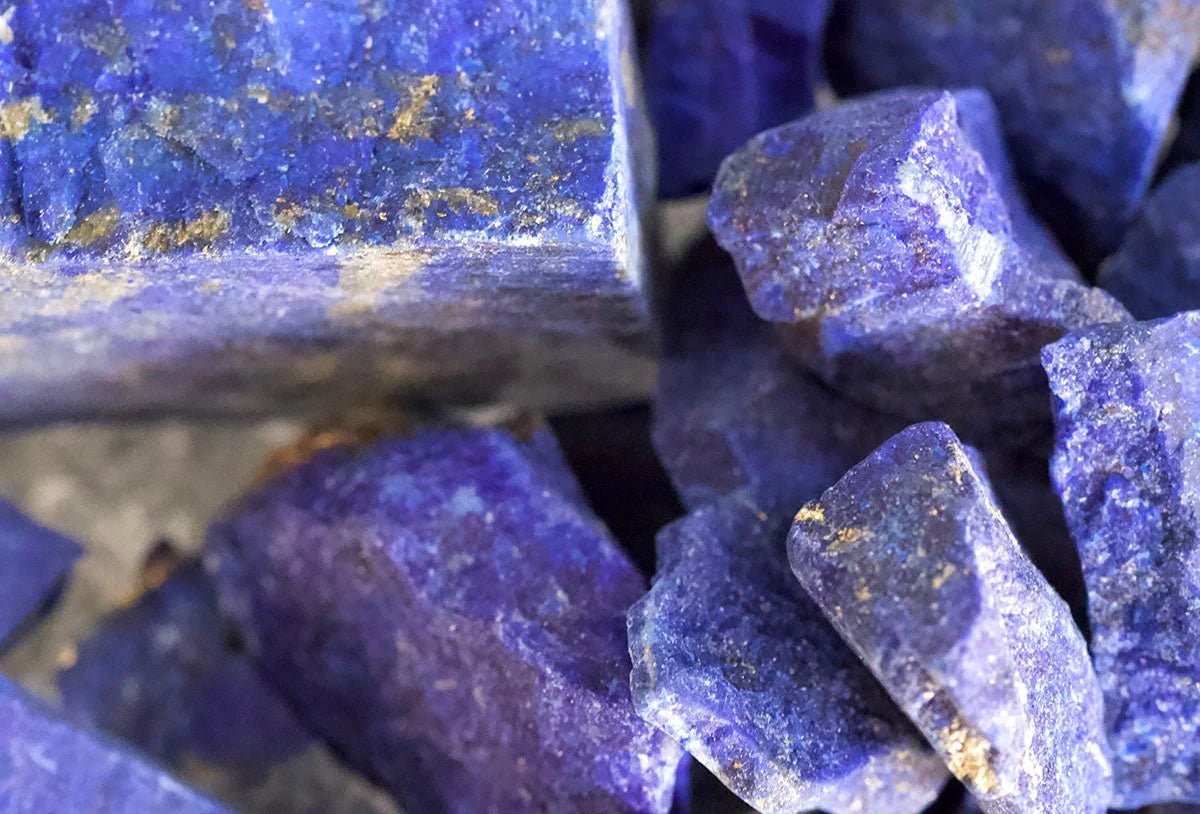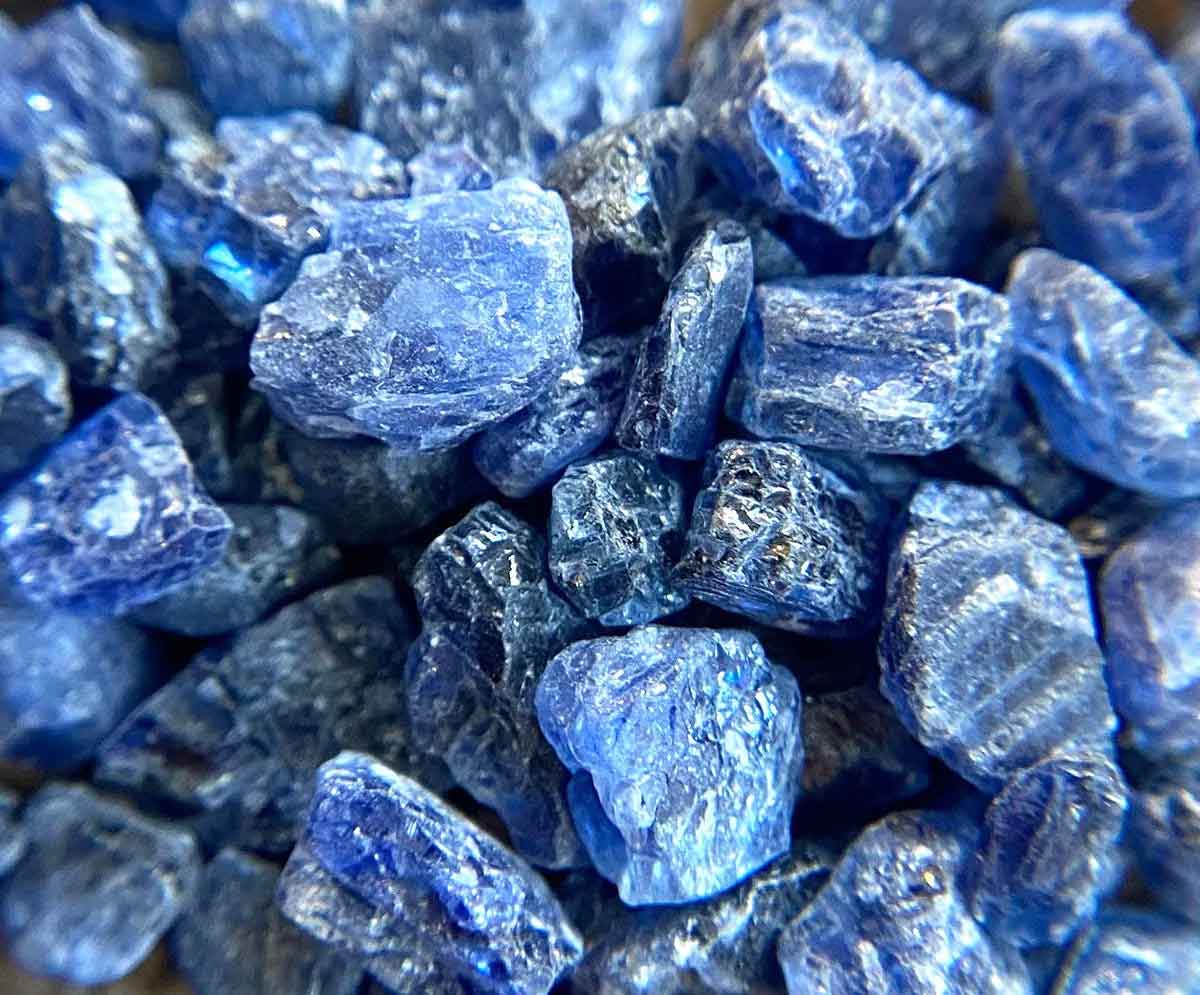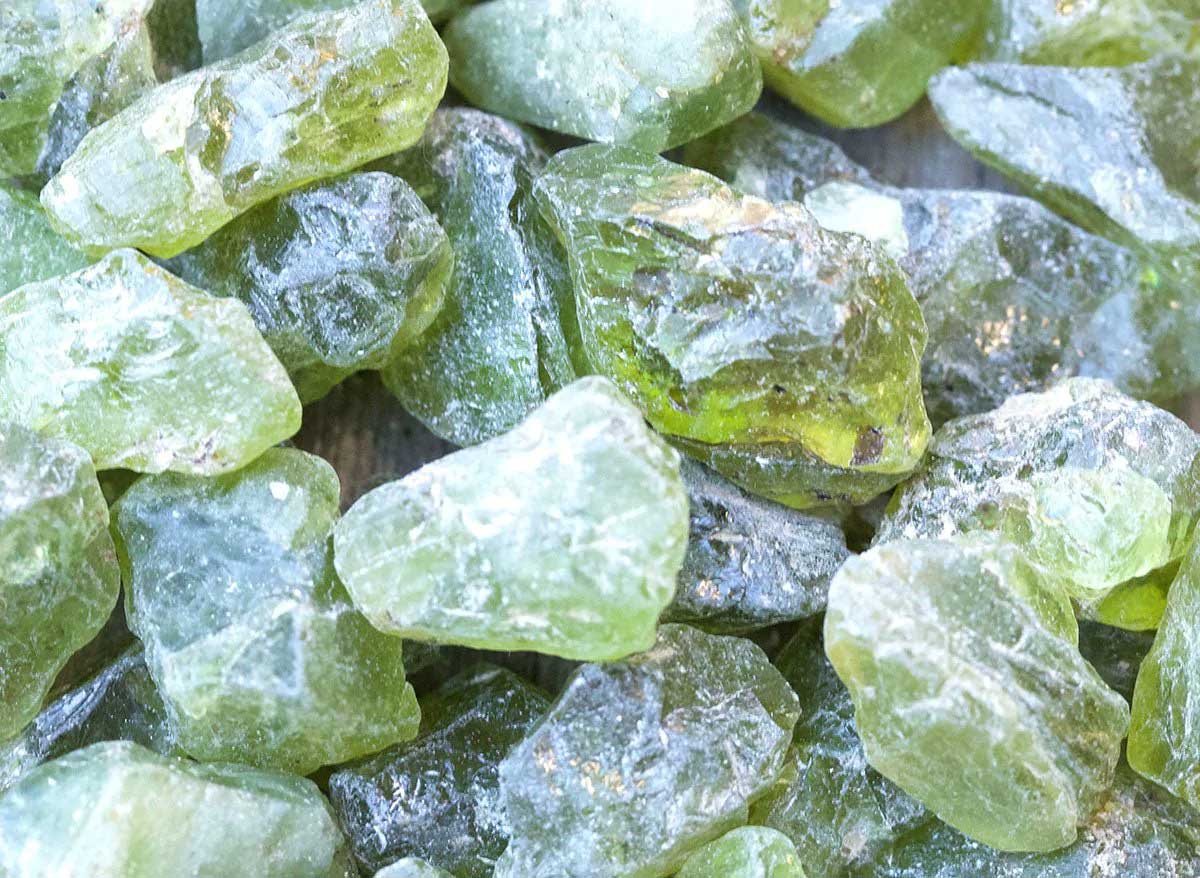Egypt had an extensive trade network in its heyday, with both land and seafaring routes. The discovery of lapis lazuli goods at Mycenaean sites shows how old and extensive these networks were as well as the high demand for lapis lazuli!
One such city-state was the Kingdom of Bactria, a Greek colony/enclave. It was an extremely large kingdom, spanning much of Afghanistan, Turkmenistan, Uzbekistan, and Tajikistan. At the height of its power, it also included parts of Pakistan and Iran. Within the borders of Greco-Bactria, lapis lazuli was mined beginning around 700 BCE. This Afghani region is still the source of some of the highest-grade lapis lazuli available.
This Greek outpost in Afghanistan connected east with west, influencing and being influenced by all the great civilizations of the region such as the Indians, Egyptians, and Persians spreading lapis lazuli and other goods throughout the region.
Theophrastus was a Greek philosopher, and one of Aristotle's successors. His treatise On Stones refers to what he calls 'Sapphire', but describes it as being blue with veins of gold, which is a fitting description of lapis lazuli. This misnomer continued well into the middle ages.
Lapis Lazuli in Rome and The Classical Period
The Romans like the previous civilizations also used lapis lazuli to carve seals, amulets, pendants, and other ornaments. Pliny The Elder, likely influenced by Theophrastus before him, also wrote of 'sapphire' as being blue with gold flecks. The gemstone we know as 'sapphire' today is blue corundum, but it is widely accepted that during this period all references to 'sapphire' probably mean lapis lazuli.
This is true also of Hebrew and later Biblical texts, which often mention 'Sapphire', despite sapphire (blue corundum) not being known during before the Roman Empire period. Early Christians associated lapis lazuli with the Blessed Virgin Mary, the mother of Jesus. The Roman empire was heavily influenced by the Greek cultures they conquered and retained many of their customs and traditions. In turn, the Roman sphere of influence and their ideas and beliefs continued decades after the fall of Rome throughout Europe.
Middle Ages
It was during the Middle Ages that the name 'Lapis Lazuli' came into use, deriving from an ancient Persian word 'lahzuward' meaning 'blue'. Indeed lapis lazuli began to be used as a blue paint pigment by artists starting around the middle ages. Famous explorer Marco Polo reportedly visited the Afghani lapis lazuli mines sometime in the late 1200s also.
Renaissance
Before the creation of oil paint and modern pigments, Renaissance-era painters began to use lapis lazuli to create the pigment needed for 'aquamarine'. This is the color of the sea, the skies, and of course, the Blessed Virgin Mary. Incredibly important for the religious-motifs present throughout all of the breathtaking works of art from the era, such as Michelangelo's frescoes in the Sistine Chapel in the Vatican. Dutch painter Johannes Vermeer also used lapis lazuli in his famous 'Girl With The Pearl Earring' painting dated 1665. We can thank lapis lazuli for making it all possible.

Lapis Lazuli Today
In modern times, lapis lazuli continues to be a popular choice for jewelry, and is also used in a variety of other applications and as an ingredient in traditional medicines. It is also used as an accent stone in watches and other luxury goods.
In addition to its use in jewelry, lapis lazuli has also found a place in modern home decor, with the stone being used to create decorative objects and figurines. Despite its ancient roots, lapis lazuli remains a popular and valuable gemstone in the modern world, with its uses and applications continuing to evolve and expand.
Afgani Lapis Lazuli
Afghan lapis lazuli was a highly sought-after trade item during the Middle Ages along the Silk Road and continues to be one of the most prized gemstones in the world. The intense blue of lapis lazuli is still a favorite stone highly prized by gem enthusiasts, casual jewelry wearers, and royalty alike.
"If it ain't broke, don't fix it" goes the old saying and it can definitely apply in this case. Afghani lapis lazuli remains the best quality lapis lazuli available to us today. We source all of our Lapis Lazuli from Afghanistan and you can
purchase your own Lapis Lazuli piece right here.












